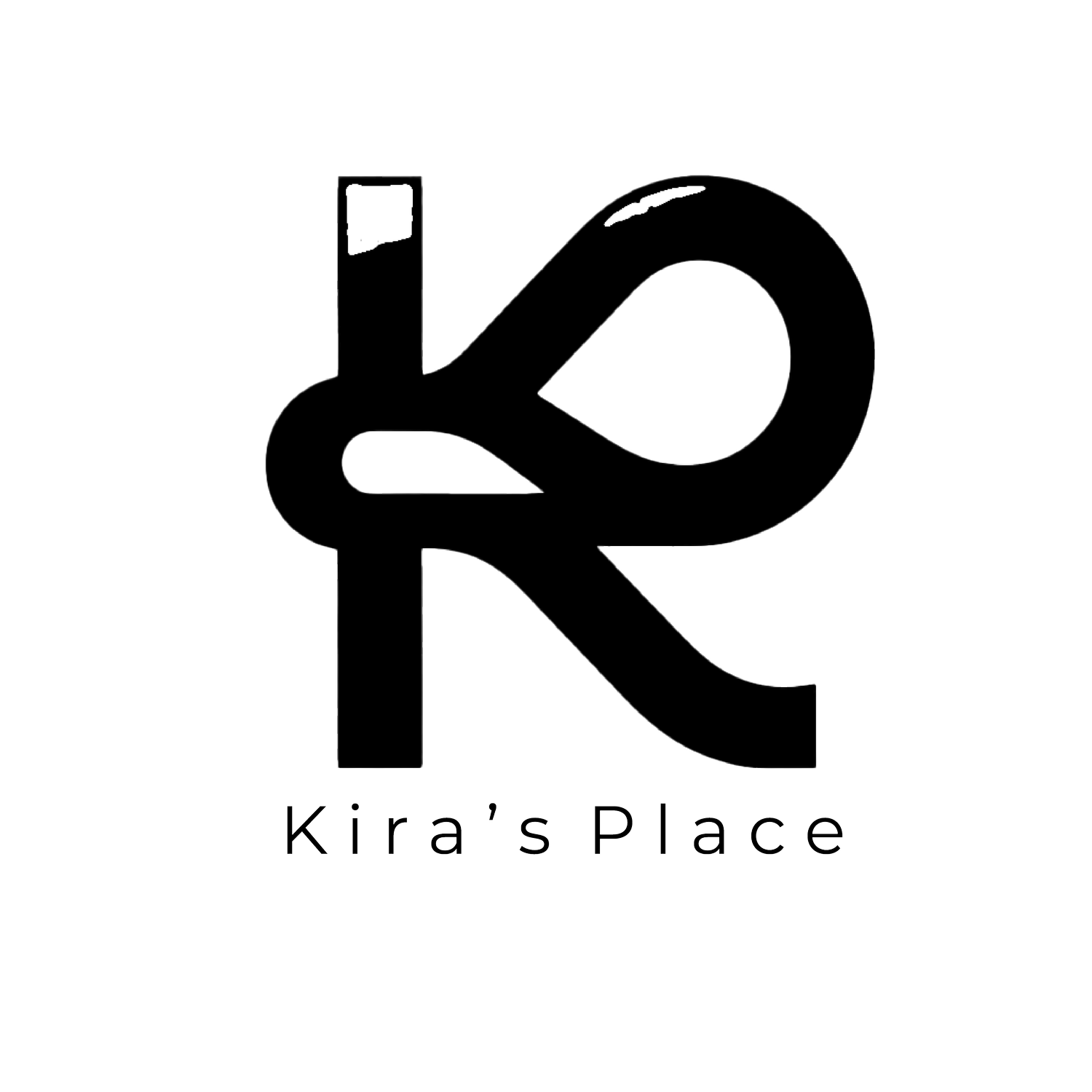Analogue Photography.PT.2
Introduction: In a world dominated by digital technologies, the allure of analog photography processes continues to captivate artists and enthusiasts alike. From the timeless elegance of photograms to the vibrant hues of cyanotypes, these techniques offer a unique blend of tradition and innovation. This post embarks on a technical journey through the fascinating world of analogue photography processes, exploring the intricacies of photograms, cyanotypes, chemigrams, and more.
"With analogue photography, there's a certain magic and unpredictability that you just don't get with digital." - Sally Mann
Photograms: Crafting Images with Light and Shadow Photograms represent one of the purest forms of analogue photography, relying solely on light and objects to create captivating compositions. In this technique, objects are placed directly onto photosensitive paper and exposed to light, resulting in striking silhouettes and abstract patterns. Through careful manipulation of exposure times and object placement, photographers can achieve stunning effects that transcend the boundaries of traditional image-making.
Cyanotypes: Embracing the Beauty of Blue Cyanotypes, with their distinctive blue hues, offer a mesmerizing glimpse into the world of alternative photographic processes. This technique involves coating paper with a light-sensitive solution containing ferric ammonium citrate and potassium ferricyanide, which reacts to UV light exposure. Once exposed, the paper is rinsed in water, revealing rich blue tones and intricate details. Cyanotypes are celebrated for their ethereal beauty and versatility, allowing artists to experiment with different materials and techniques to create captivating imagery.
Chemigrams: Blurring the Lines Between Photography and Painting Chemigrams blur the lines between photography and painting, offering artists a unique opportunity to explore the interplay of light, chemistry, and texture. In this process, light-sensitive paper is coated with a variety of chemicals, including developer, fixer, and household substances such as oil and vinegar. By manipulating these materials and exposing the paper to light, photographers can create dynamic compositions that combine elements of abstraction and realism. The result is a series of images that defy categorization, inviting viewers to ponder the boundaries of photographic expression.
Pinhole Photography: Embracing Simplicity and Serendipity Pinhole photography embodies the essence of simplicity and serendipity, relying on a basic principle of optics to create captivating images. In this technique, a light-proof box or container is pierced with a small pinhole, allowing light to enter and form an inverted image on photosensitive paper or film. By adjusting exposure times and experimenting with different apertures, photographers can achieve a wide range of effects, from dreamy, soft-focus images to sharp, detailed compositions. Pinhole photography celebrates the beauty of imperfection and invites viewers to embrace the unexpected in their photographic journey.
"Analog photography is about embracing imperfection, about celebrating the happy accidents and unexpected surprises that make each image unique." - Robert Frank
